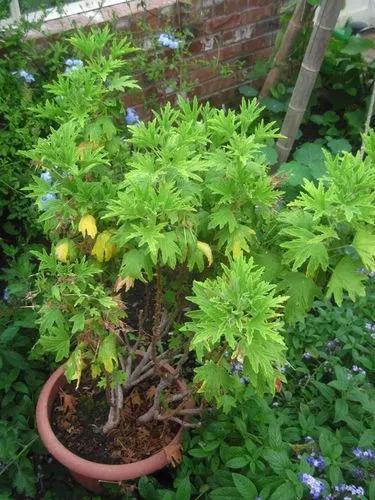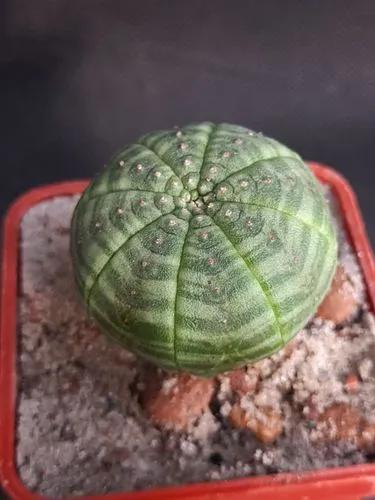Sisyrinchium is a large genus of annual to perennial flowering plant in the family Iridaceae. Native to the New World, the species are known as blue-eyed grasses and in varieties with flower colors other than blue, are monocots.
Blue-eyed grass Care
Sisyrinchium



Sisyrinchium are not true grasses, but many species have the general appearance of grasses, as they are low-growing plants with long, thin leaves. They often grow on grasslands. Many species resemble irises, to which they are more closely related. Most species grow as perennial plants, from a rhizome, though some are short-lived (e.g. S. striatum), and some are annuals (e.g. S. iridifolium). The flowers are relatively simple and often grow in clusters. Many species, particularly the South American ones, are not blue, despite the common name. The genus includes species with blue, white, yellow, and purple petals, often with a contrasting centre.
How to Care for the Plant

Water

Moist soils with good drainage are the way to go with blue-eyed grass. Space watering cycles so the soil doesn’t dry out in between. If early summers get too hot, water plants more often. Avoid overwatering and drowning the rhizomes.

Fertilizer

Fertilizing is not necessary.

Sunlight

The plants prefer full sun but can tolerate part shade.

Soil

All these plants need is a moist, well-drained soil with substantial nutrients to succeed.

Temperature

The plant can be grown is a variety of zones including areas where the range of minimum average winter temperatures is between -40°F and -30°F. However, it`s better to be brought in the greenhouse if the temperature falls much below freezing.

Popularity

30 people already have this plant 14 people have added this plant to their wishlists
Discover more plants with the list below
Popular articles






